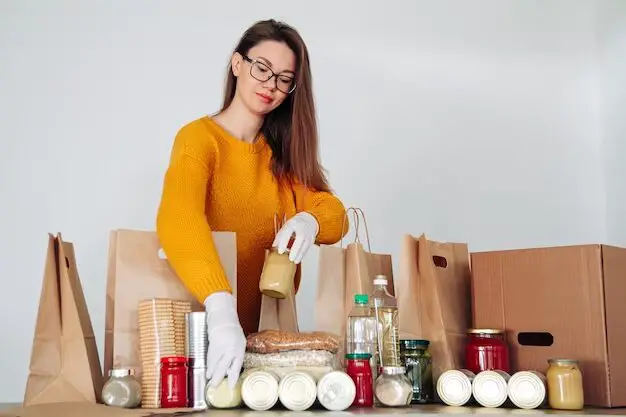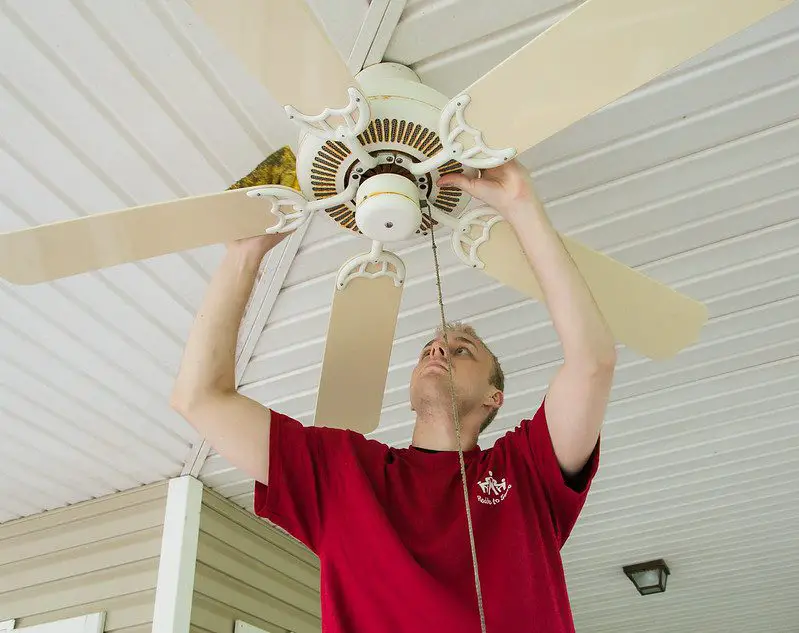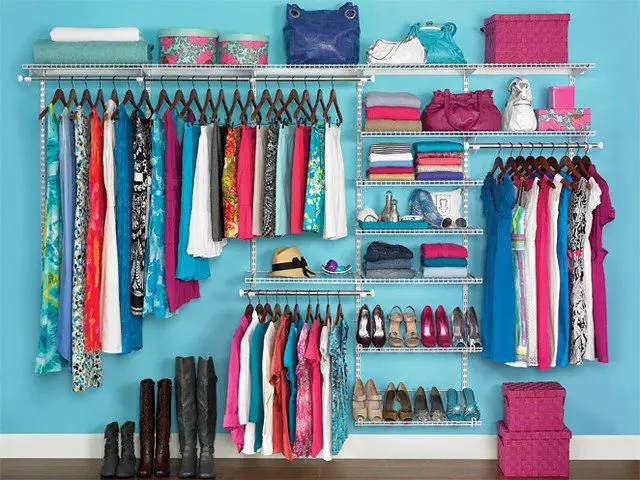Kitchen Packing Hacks
Introduction
Packing up your kitchen for a move or renovation can be daunting, but several kitchen packing hacks can make the process more efficient and organized. Moving your kitchen can be daunting, with its array of fragile dishes, bulky appliances, and countless utensils. However, with the right kitchen packing hacks, you can make the process smoother, more efficient, and less stressful. This guide will share expert tips and strategies to help pack your kitchen like a pro. Kitchen Packing Hacks ensure that your valuable cookware and dinnerware arrive at your new destination intact.
Read it: IKEA Play Kitchen Hacks
18 Kitchen Packing Hacks for a Stress-Free Move
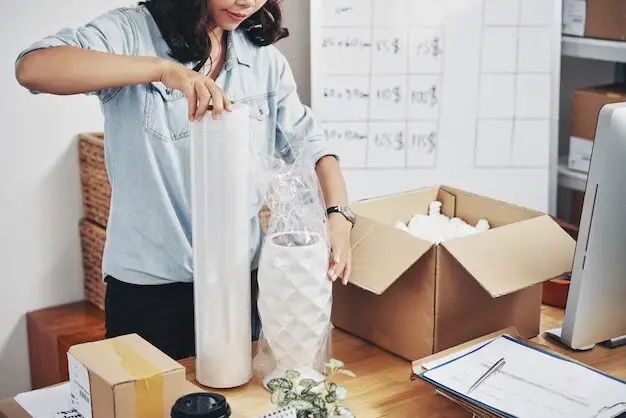
Here are some Kitchen Packing Hacks to help you pack your kitchen effectively:
Declutter First
First, in the list of Kitchen Packing Hacks, go through your kitchen items and declutter before you start packing. Donate or discard items you no longer use or need. This will save you time and space.
Gather Supplies
Next, in the list of Kitchen Packing Hacks, gather all the packing supplies you’ll need, such as boxes, packing paper, bubble wrap, packing tape, markers, and labels.
Sort by Category
Further, in Kitchen Packing Hacks, group similar items together. For example, pack all your dishes, pots, or utensils together. This will make it easier to unpack and organize in your new kitchen.
Use Dish Packs
Later on, in the list of Kitchen Packing Hacks, invest in dish packing boxes or use plenty of bubble wrap and packing paper to individually wrap fragile items like dishes, glassware, and ceramics. Place heavier items at the bottom of the boxes.
Wrap Silverware Trays
Wrap your silverware tray in plastic wrap or secure it with rubber bands to keep the utensils in place during the move.
Protect Knives
Use cardboard sheaths or wrap your knives in dish towels and secure them with rubber bands to prevent accidents when unpacking.
Use Pot and Pan Protectors
Place a sheet of packing paper or a pot protector between stacked pots and pans to prevent scratches.
Ziplock Bags for Small Items
Use resealable Ziplock bags for small kitchen items like spices, measuring spoons, or cabinet hardware. Label the bags so you can easily find them later.
Label Everything
Moving to the list of Kitchen Packing Hacks, clearly label each box with its contents and destination room. Use different colored labels or markers for other rooms to make sorting easier.
Pack Appliances Carefully
Wrap small appliances like blenders or coffee makers in towels or bubble wrap and place them in sturdy boxes. Empty the water from appliances like coffee machines to prevent leaks.
Secure Lids
Use rubber bands or plastic wrap to secure the lids on containers to prevent spills during the move.
Use Soft Items as Padding
Utilizing kitchen towels, dishcloths, and oven mitts as padding between fragile items or filling empty spaces in boxes is also significant in Kitchen Packing Hacks.
Take Photos of Electronics
Before disconnecting any electronics in the kitchen, take photos of the connections and cords to make reassembly easier.
Pack a “First-Day” Box
Pack a box with essentials you’ll need on the first day in your new kitchen, like a coffee maker, mugs, basic utensils, and some snacks.
Don’t Overfill Boxes
Keep the weight of the boxes manageable. Heavy boxes can be challenging to move and may cause injuries.
Keep Manuals and Small Parts Together
If you’re disassembling kitchen appliances or furniture, keep the manuals and small parts in a labeled bag and tape them to the item or box.
Use a Packing List
Create a checklist or packing list to help you keep track of what’s in each box and ensure nothing gets left behind.
Hire Professionals
Finally, in the list of Kitchen Packing Hacks, if you’re overwhelmed or have many valuable or fragile items, consider hiring professional movers who specialize in packing.
Read it: Good Times Kitchen Bar
Material Required in Kitchen Packing Hacks
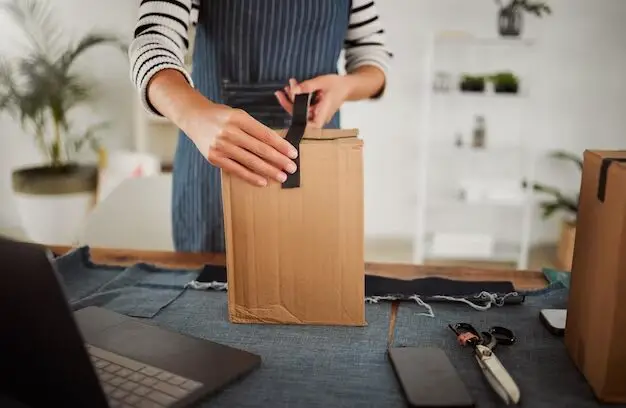
To effectively pack your kitchen using Kitchen Packing Hacks, you’ll need various materials to protect your items during the move. Here’s a list of materials you’ll need:
Boxes
Get a variety of box sizes, including small, medium, and large boxes, as well as specialty boxes like dish packing boxes. Please ensure they are sturdy and in good condition for Kitchen Packing Hacks.
Packing Paper
This is essential for wrapping fragile items like dishes, glassware, and cookware. You can use newspaper, but be cautious as the ink may transfer onto your items.
Bubble Wrap
Using bubble wrap to protect delicate items is vital in Kitchen Packing Hacks. It’s great for glassware, ceramics, and electronics.
Packing Tape
High-quality packing tape is essential for sealing boxes securely. Make sure to reinforce the bottoms and tops of the boxes.
Markers
Use permanent markers to label boxes with their contents and destination room. Different colors can help you quickly identify which room each box belongs to.
Labels
Pre-printed labels or color-coded labels can help you quickly identify the contents and destination of each box.
Ziplock Bags
These are handy for storing small kitchen items, such as spices, measuring spoons, and cabinet hardware. Label the bags for easy identification.
Plastic Wrap or Rubber Bands
Use plastic wrap or rubber bands to secure the lids on containers to prevent spills during the move.
Cardboard Sheets or Pot Protectors
Place these between stacked pots and pans to prevent scratches during Kitchen Packing Hacks.
Plastic or Styrofoam Plates
Place them between your delicate plates as an alternative to packing paper for protection.
Furniture Blankets or Towels
These can wrap and protect more oversized kitchen items like small appliances and furniture.
Plastic Bags
Use these to separate and protect items such as utensils, cutlery, and sharp objects while applying Kitchen Packing Hacks.
Cushioning Material
For particularly fragile or sensitive items, you may need cushioning materials like foam sheets or packing peanuts.
Trash Bags
Use trash bags to quickly pack non-fragile items, such as plastic containers, pots, and pans.
Furniture Dollies or Hand Trucks
These can help move larger kitchen appliances and heavy furniture items.
Toolkit
Have an essential toolkit for disassembling and reassembling furniture or appliances, if necessary, in Kitchen Packing Hacks.
Manuals and Small Parts Bags
Keep manuals and small parts in labeled bags and attach them to the corresponding item or box.
First-Day Essentials Box
Prepare a separate box with essential items you’ll need on the first day in your new kitchen, such as a coffee maker, coffee, mugs, basic utensils, and some snacks.
Tape Measure
Having a tape measure can be helpful when ensuring that more oversized kitchen items will fit in your new space.
Moving Blankets or Packing Peanuts (Optional)
You might want additional protective materials for exceptionally fragile and valuable items.
With these materials, you’ll be well-prepared to implement various Kitchen Packing Hacks and ensure your kitchen items are packed securely and efficiently during your move or renovation.
Read it: Asian Household Goods Store
Pros: Kitchen Packing Hacks

Efficiency
Kitchen packing hacks can save you time and effort by providing organized and systematic methods for packing your kitchen items.
Protection
Many hacks are designed to protect fragile items, such as dishes and glassware, reducing the risk of breakage during transportation.
Organization
Hacks often involve labeling and categorizing, making finding and unpacking items in your new kitchen easier.
Space Optimization
Some hacks help you maximize space in boxes, allowing you to pack more efficiently and potentially save on moving costs.
Cost-Effective
By using simple materials and techniques, you can reduce the need for expensive packing supplies.
Reduced Stress
A well-organized packing process can reduce the stress of moving or renovating your kitchen during Kitchen Packing Hacks.
Read it: China Kitchen Menu
Cons: Kitchen Packing Hacks

Time-Consuming
Some hacks may require more time and effort than traditional packing methods, especially if you have a large kitchen with many items to pack.
Materials Required
Specific hacks may necessitate additional materials like bubble wrap, packing paper, or particular boxes, which could increase your packing costs.
Learning Curve
If you’re unfamiliar with kitchen packing hacks, learning and implementing them effectively may take time.
Overcomplication
Sometimes, using too many hacks can overcomplicate the packing process and lead to confusion.
Not Suitable for All Items
Not all kitchen items may benefit from packing hacks. Some may be better packed using traditional methods.
Risk of Improper Packing
If not executed correctly, specific hacks may not protect fragile items adequately.
Final Verdict
Remember to take your time and plan when packing your kitchen. Proper organization and labeling will make the unpacking process much smoother and less stressful in your new home. What are you waiting for? Just follow the above Kitchen Packing Hacks.

